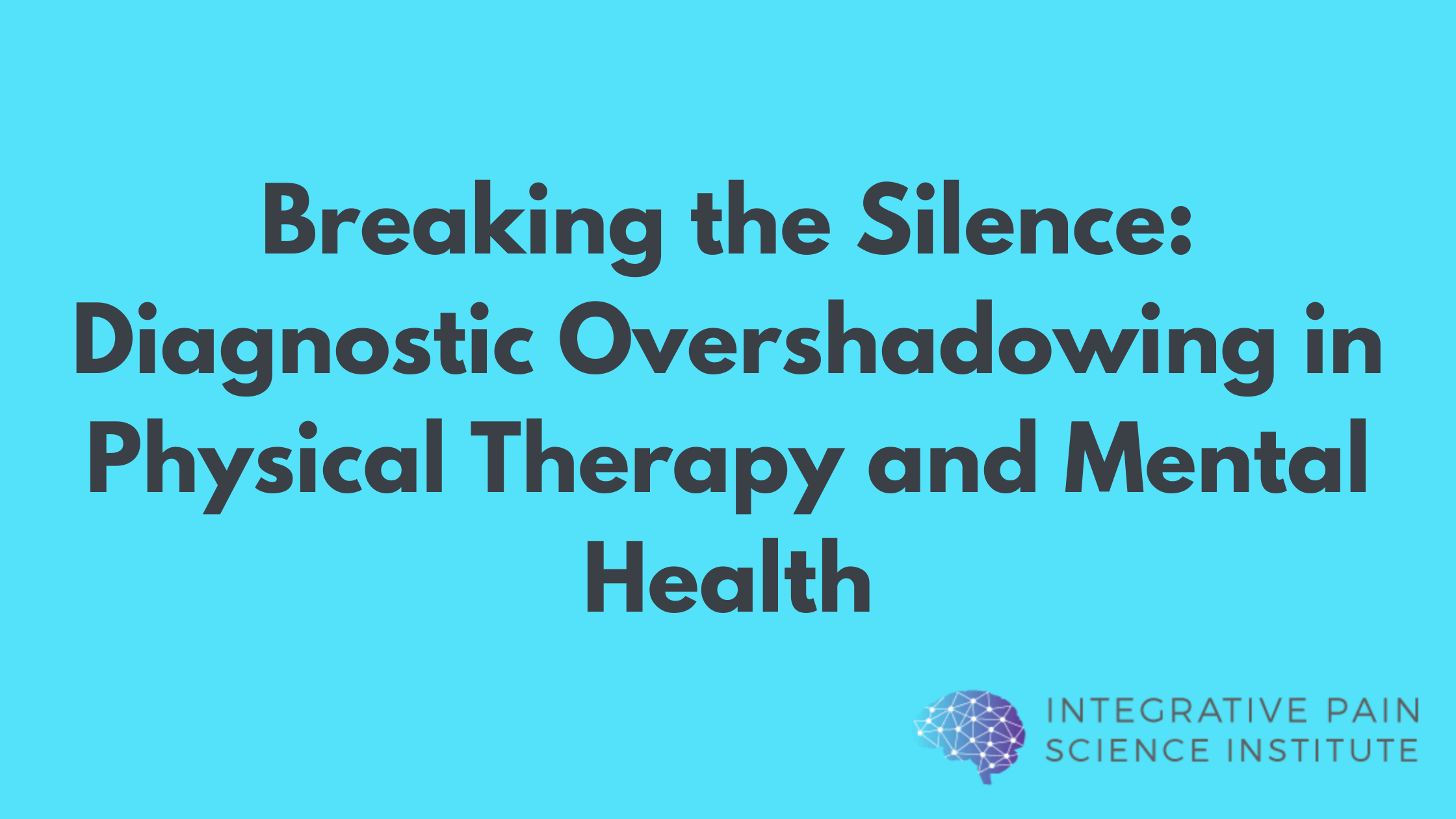Fear is not your friend when it comes to living with chronic pain. Fear of movement can hold you captive causing further regression into a life of more pain and further disability. Your brain is constantly rewiring itself, processing new information, and creating shortcuts to adapt to environmental changes. While these processes occur unconsciously, they can have palpable effects on your behavior.
An example of this is how the brain deals with pain. The brain’s goal is to avoid pain by learning about where it occurs. Acute pain can heighten your awareness of your surroundings, and even enhance memory.
As acute pain becomes chronic, the brain creates more and more connections based on sensory experiences. In its attempt to stop experiencing pain, it can foster a fear of pain.
Eventually, your perception of pain becomes more closely tied to your fear than to the pain itself.1
How does fear of pain develop?
The psychological concept of fear avoidance can explain the physiological changes in patients with chronic pain:
- Pain causes the brain to interpret a stimulus, such as exercise, as threatening.
- The brain avoids the behavior to reduce pain.
- Avoiding the behavior prevents pain, reinforcing the brain’s reaction, and strengthening its fear.
However, while a patient may initially begin avoiding exercise to avoid pain, the learned fear can spiral out of control. It can expand to other stimuli, like commuting to work or going out with friends. It can also delay recovery by maintaining that behaviors like exercise are dangerous when the truth is that exercise can provide relief for many sufferers of chronic pain.2
A recent study showed that individuals with back pain missed work based on their levels of fear avoidance, rather than the actual levels of pain intensity. Subjects were also more likely to describe themselves as disabled as their fears increased.3
What options are there for treatment?
- Cognitive Behavioral Therapy
Given the power of fear in the experience of pain, patients can benefit from addressing maladaptive behaviors in treatment. One of the recommended options is Cognitive Behavioral Therapy, or CBT. In CBT, the patient creates a hierarchy of perceived fears and faces each anxiety through exposure. While exposure to a fear-like exercise may initially cause physical stress, patients are reminded that “pain does not equal harm”, and are gradually able to overcome old fears, one at a time.4
- Physical Therapy
The majority of rehabilitation programs include aspects of cognitive retraining coupled with movement based therapy and manual therapy. This combination will help reduce the fear of pain. Patients find relief through a return to exercise and gradual exposure included in these programs. Learning how fear relates to avoidance of movement and exercise is the first step in overcoming pain. Movement must be relearned to cure pain. As your movement slowly progresses your brain will reorganize and stop perceiving movement at painful or threatening. This is when the magic happens and you begin to return to an active life.
- Education
While CBT and rehabilitation can help many of those suffering from fear avoidance, those with a more severe fear may need tailored treatment. Despite any obvious downsides, the fear of pain feels very real, and it can be restricting. One of the most important treatment options is education specifically on the concept of fear avoidance. Focusing on the development and maintenance of fear can help patients begin to challenge the thoughts that are holding them back.
Chronic pain is difficult to deal with on its own, and leaving fear unaddressed can make it worse. To learn more about chronic pain and how to treat it from all angles, sign up for training at www.joetatta.com, for free.
In health,
Dr. Joe Tatta, DPT, CCN
References
Robert J. Gatchel, Randy Neblett, Nancy Kishino, Christopher T. Ray. Fear-Avoidance Beliefs and Chronic Pain. Journal of Orthopaedic & Sports Physical Therapy 2016 46:2, 38-43
Erickson, K. I., Voss., M. W., Prakesh, R. S., et al. (2011). Exercise training increases size of hippocampus and improves memory. Proceedings of the National Academy of Sciences, 108, 3017-3022.
Fritz, J. M., George, S. Z., & Delitto, A. (2001). The role of fear-avoidance beliefs in acute low back pain: relationships with current and future disability and work status. Pain, 94(1), 7-15.
Turk, D. C., & Wilson, H. D. (2010). Fear of Pain as a Prognostic Factor in Chronic Pain: Conceptual Models, Assessment, and Treatment Implications. Current Pain and Headache Reports, 14(2), 88–95. http://doi.org/10.1007/s11916-010-0094-x



